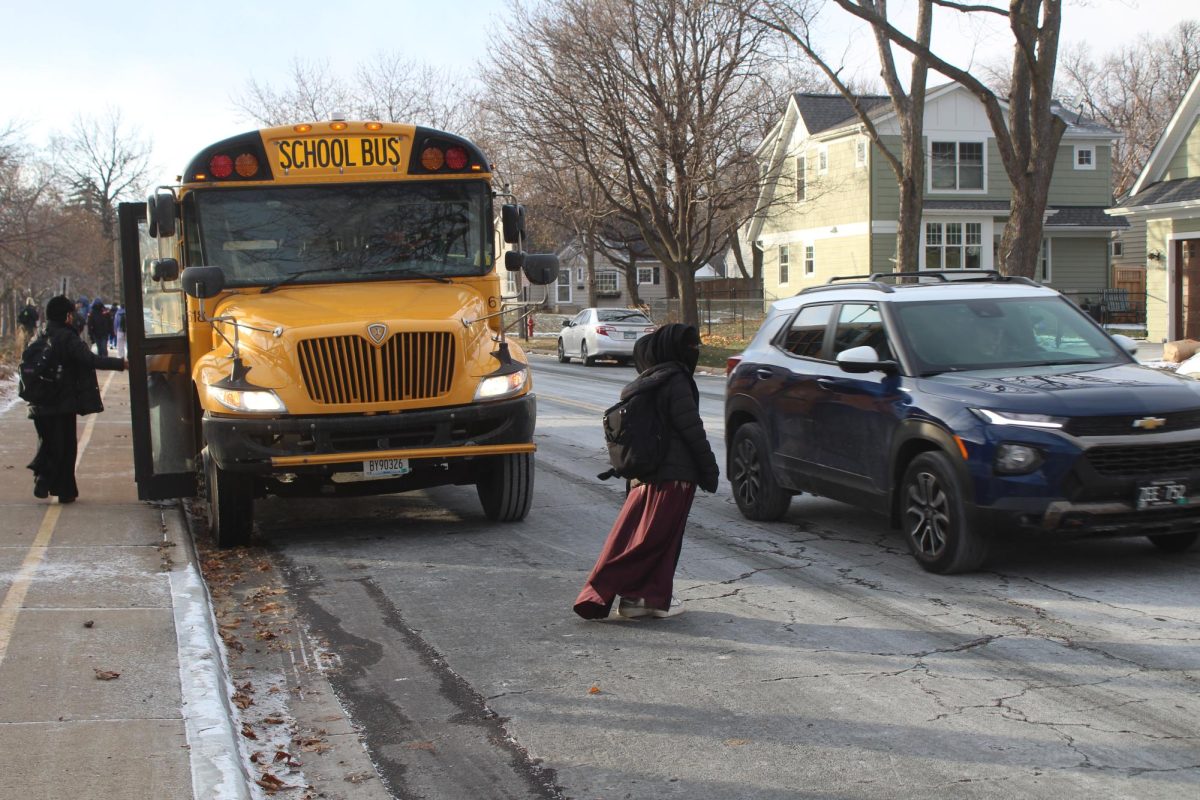The 1950’s, widely considered the golden age of America, was an era where the middle class was not only surviving but thriving and growing. It also just so happens that this era is when American unionization was at its highest. Overall, in the 1950’s, one-third of the American workforce was a part of a union. In contemporary America, the story seems to have taken a turn for the worse, with only roughly six percent of the American workforce being unionized.
There are a multitude of reasons why the 1950’s were so different. One of them was that the attitude of the average American was drastically different compared to what it is now. Three out of four Americans supported unions, with an overall approval of 75 percent. Policies that would be considered radical in today’s political climate were seen as normal back then. In 1943, policies such as health care for all had an approval rating of 83 percent. Additionally, 79 percent wanted a federal jobs guarantee, and 73 percent supported new public works programs. In a speech, Roosevelt proposed an idea: a second bill of rights, an economic bill of rights. In this new bill, Roosevelt described rights that would be seen as “communist” or “socialist” in today’s society. Rights such as the right to own a home, the right to a guaranteed job and the right to earn a comfortable living — all of these ideas were not only popular, but also thought of as human rights. With famous acts such as “The New Deal” being passed, and with taxation on the rich at a rate of 91 percent, Americans had robust social safety nets and government policies.
Modern America falls short in every way in comparison. Up until recently, union approval ratings stayed in the 50s range, however, it recently increased to 71 percent. Due to this increase, labor movement and action has risen to a new level. Unionization of Amazon facilities, teachers’ strikes, nurses’ strikes,UPS strikes,writer and actors’ strikes, unionization of starbucks facilities and the United Auto Workers’ strikes — with all of them together strikes have risen by 52 percent since 2022 alone. The reasons for this recent shift in the American workforce are the same reasons that led to the golden age of America: economic suffering.
Prior to the golden age of America, the worst economic recession in American history occurred, The Great Depression. The Great Depression forced Americans to come together and demand economic rights. This same process seems to be occurring with modern America, but instead of it being The Great Depression: one singular economic crisis, it’s two, the 2008 Recession and the COVID-19 pandemic. And once again Americans are uniting together to demand economic rights. All the aforementioned strikes have mainly taken place after the recession and pandemic, in response to a more expensive and economically unstable America. An America where the economic rights that Roosevelt foresaw Americans needing all seem to be coming true. The right to own a home (housing prices are at an-all time high), the right to a guaranteed job (employment becoming unstable) and the right to earn a comfortable living (wages are stagnant while inflation is rampant).
As more kids from Gen Z enter the workforce, the economic pressure that comes from modern America is at the top of their minds. Economic strains, such as college, housing and food have become all the more expensive, while wages have remained stagnant. More and more of these kids are looking towards labor action and unions for solutions. As more labor action occurs: more gains are made for the working class. Encouraging even more new workers to take action. All of this culminates in a cycle of labor action that begs the question: are we heading to a 1950’s America? With event’s reminiscent of early 1950’s America, the answer is yes.
As the American workforce decides how it wants to approach the increasingly expensive and complex American economy, it seems to be that they are demanding more rights. Rights that Roosevelt preached decades ago, rights that activists advocated for decades ago and economic rights. Americans, including students at Park may have to look to the past in order to secure a safe future.










